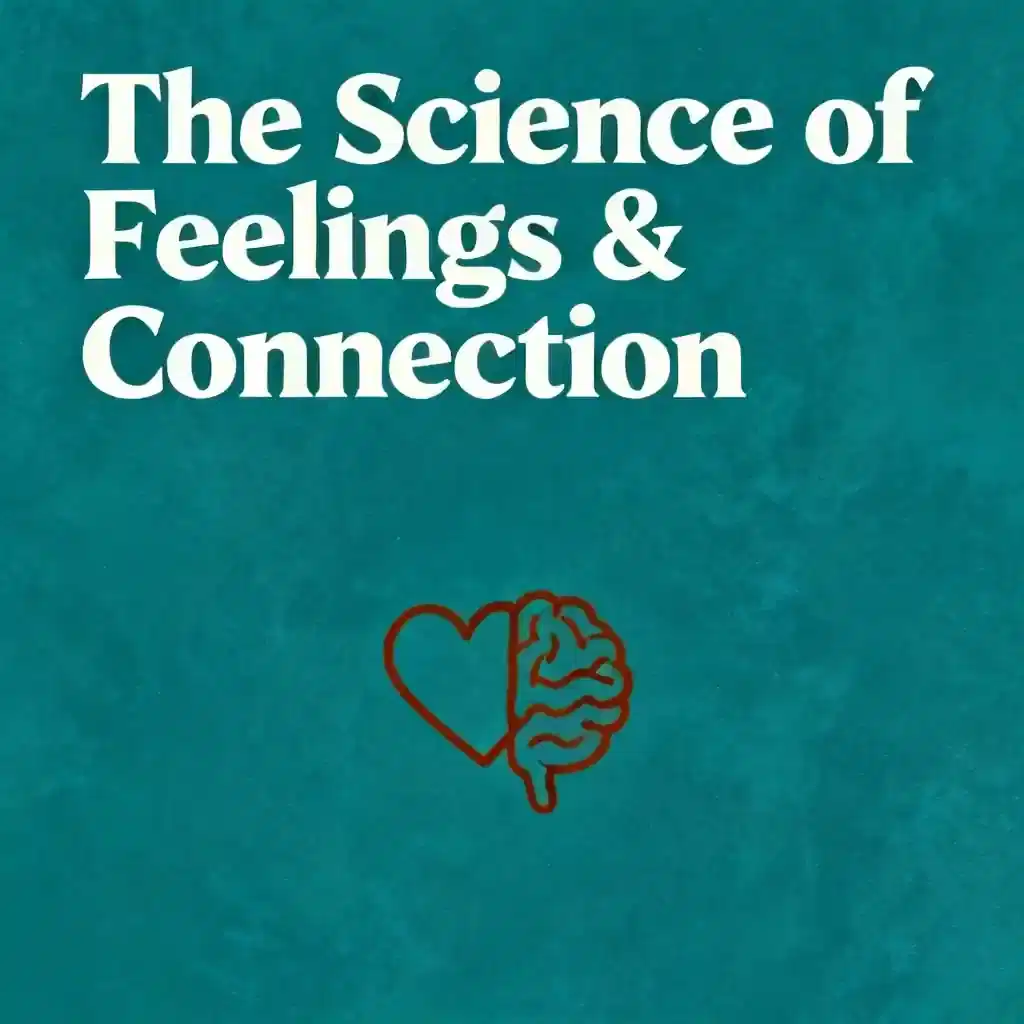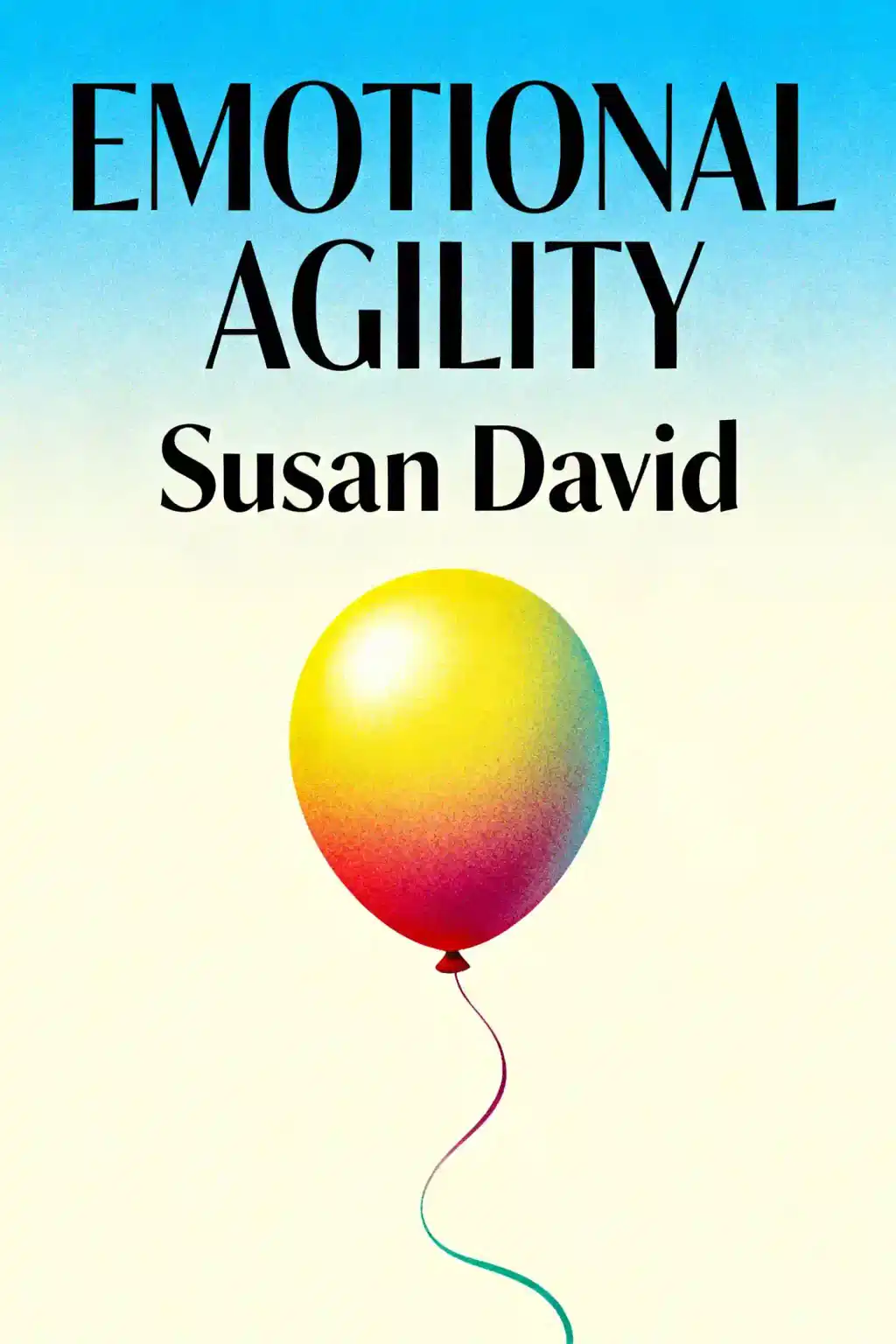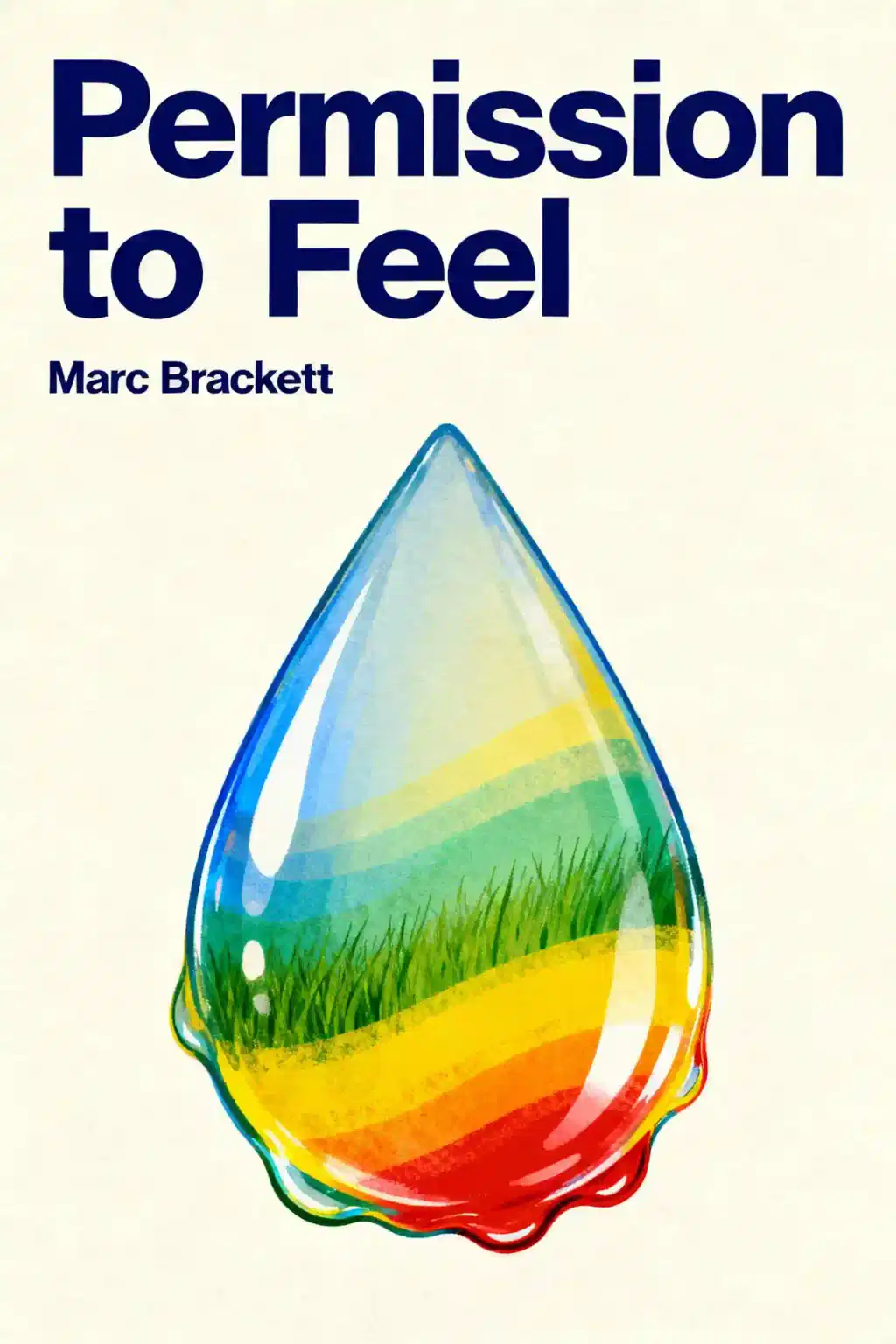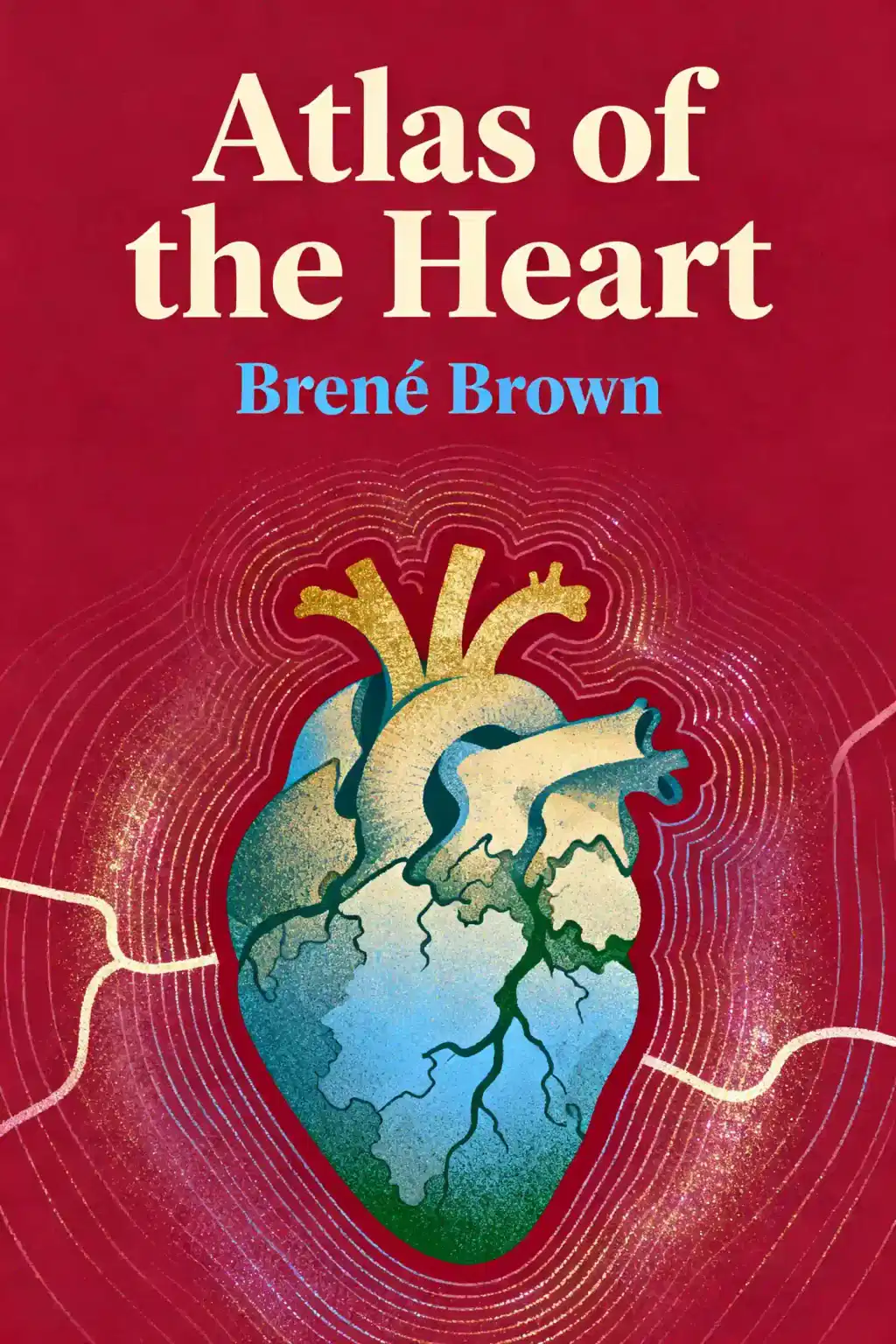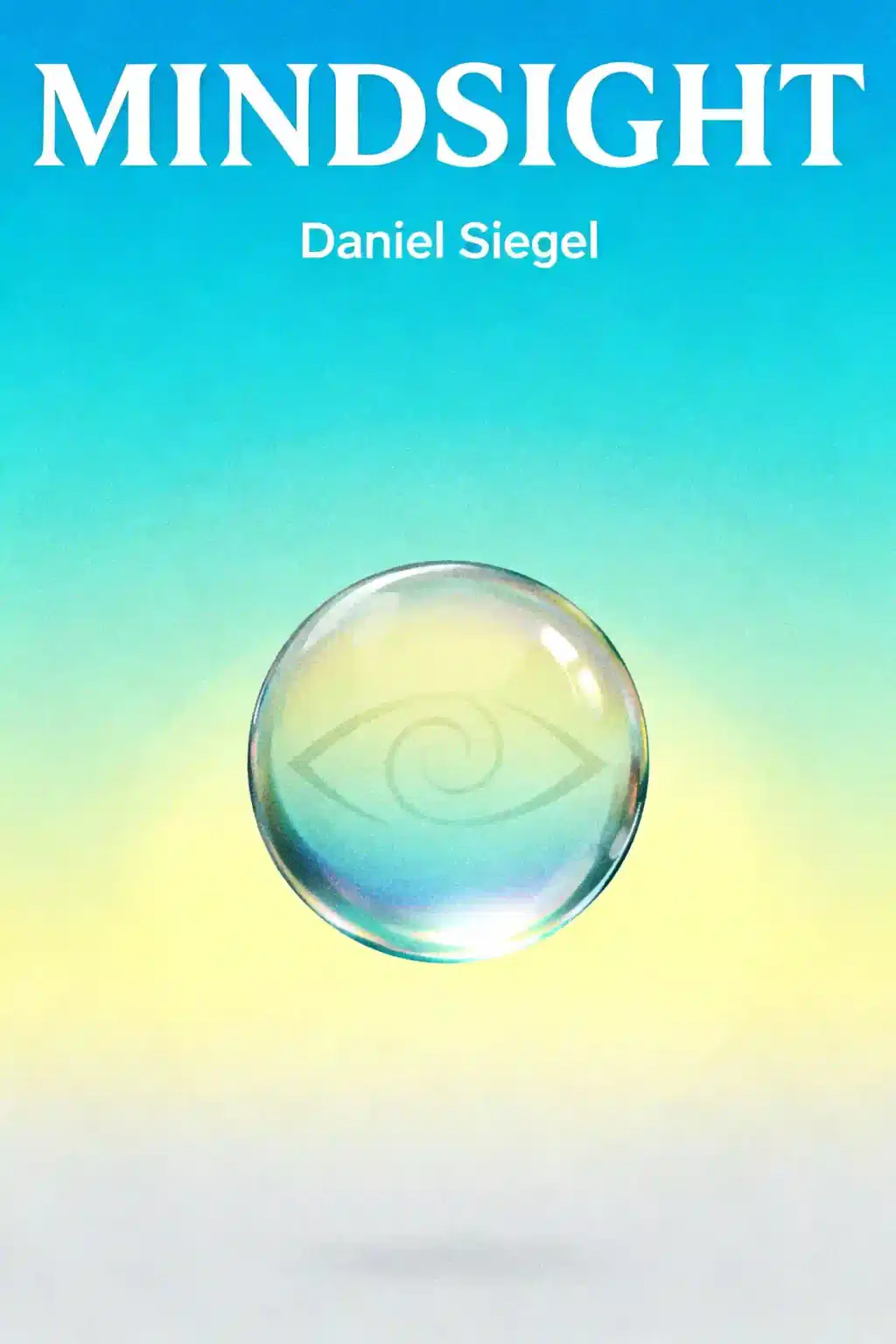What is
Search Inside Yourself by Chade-Meng Tan about?
Search Inside Yourself combines mindfulness practices with emotional intelligence training, offering tools to boost focus, resilience, and leadership skills. Developed at Google, the program teaches techniques like meditation, body scans, and self-awareness exercises to enhance workplace productivity and personal happiness. It blends scientific research with accessible practices, endorsed by leaders like the Dalai Lama and Eric Schmidt.
Who should read
Search Inside Yourself?
Professionals, leaders, and anyone seeking stress reduction, improved focus, or emotional balance will benefit. Ideal for those interested in mindfulness, workplace well-being, or applying science-backed strategies for personal growth. The book’s practical exercises suit both beginners and seasoned practitioners.
Is
Search Inside Yourself worth reading?
Yes—it provides actionable steps to cultivate mindfulness, backed by Google’s success stories and neuroscience. Readers praise its clarity, humor, and real-world applicability, making complex concepts accessible. It’s a top choice for integrating emotional intelligence into daily life.
What are the key concepts in
Search Inside Yourself?
Core ideas include:
- Self-awareness: Recognizing emotions and strengths.
- Mindfulness: Calming the mind through meditation.
- Empathy: Building compassion for better relationships.
- Leadership: Harnessing emotional intelligence for collaboration.
These concepts are taught via exercises like the “body scan” and metaphor-driven insights.
How does
Search Inside Yourself teach mindfulness?
The book introduces techniques like focused breathing, body scans (paying attention to physical sensations head-to-toe), and mindful journaling. These practices aim to stabilize attention, reduce stress, and enhance emotional clarity. Methods are designed for busy professionals, requiring just minutes daily.
What is the “flag and flagpole” metaphor in the book?
The “flag” represents turbulent emotions, while the “flagpole” symbolizes mindfulness—keeping the mind steady amid emotional storms. This metaphor underscores the importance of grounding oneself during stress or distraction.
Does
Search Inside Yourself include scientific evidence?
Yes—it cites studies on neuroplasticity, stress reduction, and emotional intelligence. The program’s effectiveness is validated by its success at Google, where participants reported increased focus, creativity, and job satisfaction.
How does the book address leadership development?
It links self-awareness and empathy to effective leadership, teaching readers to foster trust, communicate transparently, and resolve conflicts. Exercises like “mindful listening” help leaders create supportive team environments.
Are there critiques of
Search Inside Yourself?
Some note that mindfulness concepts may feel basic to experienced practitioners. However, the book is widely praised for its practicality, blending Eastern wisdom with Silicon Valley efficiency, making it accessible to skeptics.
How does Chade-Meng Tan’s background shape the book?
As a Google engineer, Tan grounds spiritual practices in logic and data. His humor and tech-industry experience make the content relatable for professionals, while his philanthropic vision (e.g., “One Billion Acts of Peace”) adds depth.
Can
Search Inside Yourself help with workplace stress?
Absolutely. Techniques like “two-minute breathing” and emotional labeling are designed for quick stress relief. The book also advocates mindset shifts to reframe challenges, fostering resilience in high-pressure environments.
How does this book compare to other mindfulness guides?
Unlike abstract philosophy, Search Inside Yourself focuses on tangible outcomes—career success, healthier relationships, and emotional resilience. It’s ideal for readers seeking actionable steps over theoretical discussions.








